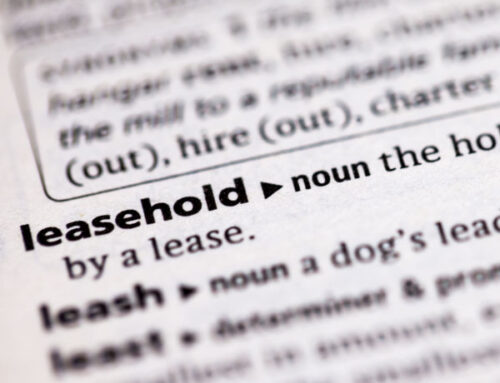Latest on Cladding Crisis
According to the Association of Residential Managing Agents (ARMA), around half a million people are still living in a building with some form of unsafe cladding. However, the latest announcements made in January by Housing Secretary Michael Gove show a widespread change in the Government’s approach to the cladding crisis. Whilst the overarching message is positive, at the time of writing, it should be noted that the specific points covered are outline plans and have not yet been passed as law. Read on for a synopsis of Mr Gove’s statement.
Developers and Manufacturers to pay
Mr Gove announced that companies will have to pay for the removal of unsafe cladding from all buildings over 11m high. Previously, building owners have been able to pass the costs on to leaseholders rather than enforcing the developer or cladding manufacturer to pay. Under the new plans, developers still owning a building over 11m that they built or refurbished – or freeholders linked to an original developer – will be required to pay in full to fix historic building safety issues.
Building owners who are not linked to the developer but can afford to pay in full will also be required to do so. Where building owners do not have the resources to pay, leaseholders will be protected by a cap set at £10,000 for homes outside London and £15,000 for homes in the capital.
However, it was also announced that leaseholders of multiple properties will have to pay for remediation work on their buildings themselves. This has caused uproar in the buy-to-let community. Ben Beadle, Chief Executive of the National Residential Landlords Association (NRLA), has urged ministers to rectify the ‘injustice’ of landlords potentially having to pay for remedial works on their properties. As yet there has been no public comment made by the Government on this matter.
Further Government support
Other changes in the Government’s approach to the cladding crisis set out by Mr Gove include;
- opening up the next phase of the Building Safety Fund to push forward with the removal of dangerous cladding from high-rise buildings, prioritising the Government’s £5.1 billion funding on the highest risk buildings
- providing £27 million to fund fire alarms in all high-risk buildings in an aim to end controversial ‘waking watches’
- scrapping proposals for loans and long-term debt for leaseholders in medium-rise buildings and guaranteeing that leaseholders living in their own flat will not have to pay anything to remedy unsafe cladding
- establishing a team dedicated to pursuing and exposing companies at fault to make them fix the buildings they built and face commercial consequences if they refuse and
- amending the Building Safety Bill to retrospectively extend the legal right to claim under the Defective Premises Act 1972 to 30 years (instead of the previously proposed 15 years).
Amendments to the Building Safety Bill announced by Mr Gove now need to be approved by Parliament before becoming law. As always, we will continue to share the latest developments regarding remediation of cladding as they come to light.








